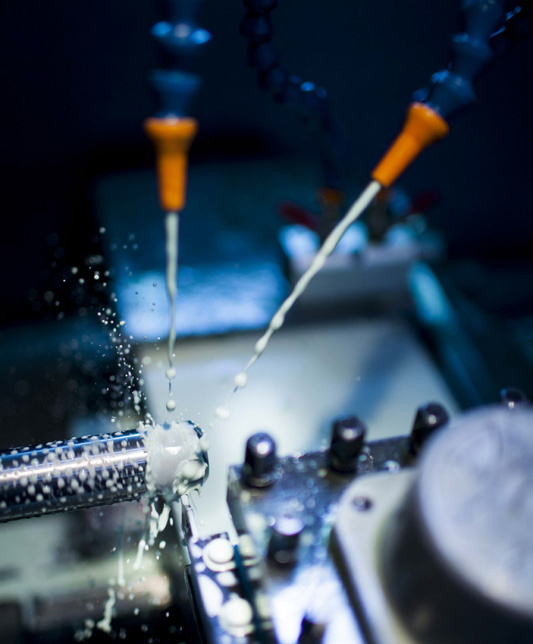Special production

3D Printing
Aplication
- prototyping (rapid prototyping)
- instrumentation and holders for special purposes
- product customization
- spare parts
- production of final parts (additive manufacturing)
Goals and benefits of 3D printing
- Cost & Time optimization
- Structural Optimization
- Additive Manufacturing (Industrial 3D Printing)
- Automotive Prototyping
- 3D Printing for Automotive
- 3D technology for welding devices
- Manufacturing suport (devices, jigs & fixtures, production tools control)
- Control Gauges
- Research and Development
- Manufacturing suport
- Low series parts
- Engineering suport for Prototyping
- Architected Materials
- Optical quality control based on 3D scanning technology
- Reverse Engineering – 3D Scan
- body in white
- Interiors
- exteriors
- NVH
- Others
- Validation
- Static calculations
- Dynamic calculations
- Linear dynamics – vibrations
- PSD analysis
- Thermal analysis
- Injection simulation
- Fatigue tests
Precision parts
We produce parts within a narrow tolerance range
We cooperate closely with customers to fulfill their needs and to prepare a complete process for the production of the ordered part.
1. We initiate the project by collecting information about:
- part application
- planned lifespan
- intended use of the part
2. Then we analyze and verify the technology
a.) We analyze the possibility of manufacturing a part according to the technology provided by the customer in terms of:
- machining
- availability of semi-finished parts
- heat treatment
- chemical coating
b.) If necessary, we develop a technology alternative to the existing one
The proposal to use an alternative technology may result from:
- availability of materials
- chemical coating capabilities
- possibility of cheaper solutions
- endurance of particular solution
3. We develop target technology
4. We prepare a plan for the implementation of the production process
When metal parts are ordered, we require the following data:
- 2D drawing*
- 3D drawing**
- planned lot
- quantity of samples for validation
- type of order: one-time/long-term
*lack of 2D drawing doesn’t affect the bidding process, unless 3D drawing is attached
** lack of 3D drawing extends the bidding process and does affect the final valuation. To produce the part it is necessary to allow for the time and cost of drawing creation.
In case both drawings are missing, it is necessary to reconstruct a part, starting from the stage of prototyping. We can also reconstruct a part using the master provided by the customer.
Input data required to prepare an offer for the production of metal parts
- deadline for samples for validation
- deadline for batch production
- deadline for submitting the offer
- deliveries frequency
- annual demand forecast
- project duration
- quantity of produced parts in project lifetime
- place of part application
- part function
- factors and parameters affecting parts
- required endurance of the part (time or number of cycles)
- what kind of defects occurred in parts produced so far (after what time or after how many cycles they occurred)
- material used
- Does customer consider the modification of material to meet the expectations?
- possible tolerance variations of the produced part
- additional processes required during the manufacturing process (e.g. hardening, washing, etc.)
- Is the coating of the part needed? If so, the additional input data are required:
- coating name
- coating thickness
- acceptable coat thickness tolerance variations
- Is the customer open to possible coating change?
- What’s a function of the coating?
- indication of possible not coated places – part is fixed during the coating process and that cannot be eliminated in the technological process
- When the report on coating thickness test is needed – is it possible to perform the test on specimen coated during the production process, or should it be done on the part?
Surface coating
- UV PVD Chromium
- UV PVD Nickel
- Electroless Nickel plating
- Electroless Chromium plating
- Metallization
- Part painting
Parts Machining – technologies Injection Moulding
- CNC milling
- CNC turning
- Deep hole drilling and milling
- Grinding
- EDM + Electrodes making
- Bending
- Welding
- Laser welding
- Laser cutting
Injection Moulding
- Parts design and development
- Injection mould design
- Tooling for injection moulds
- Serial production of plastic parts
- Parts painting
Back
to top


